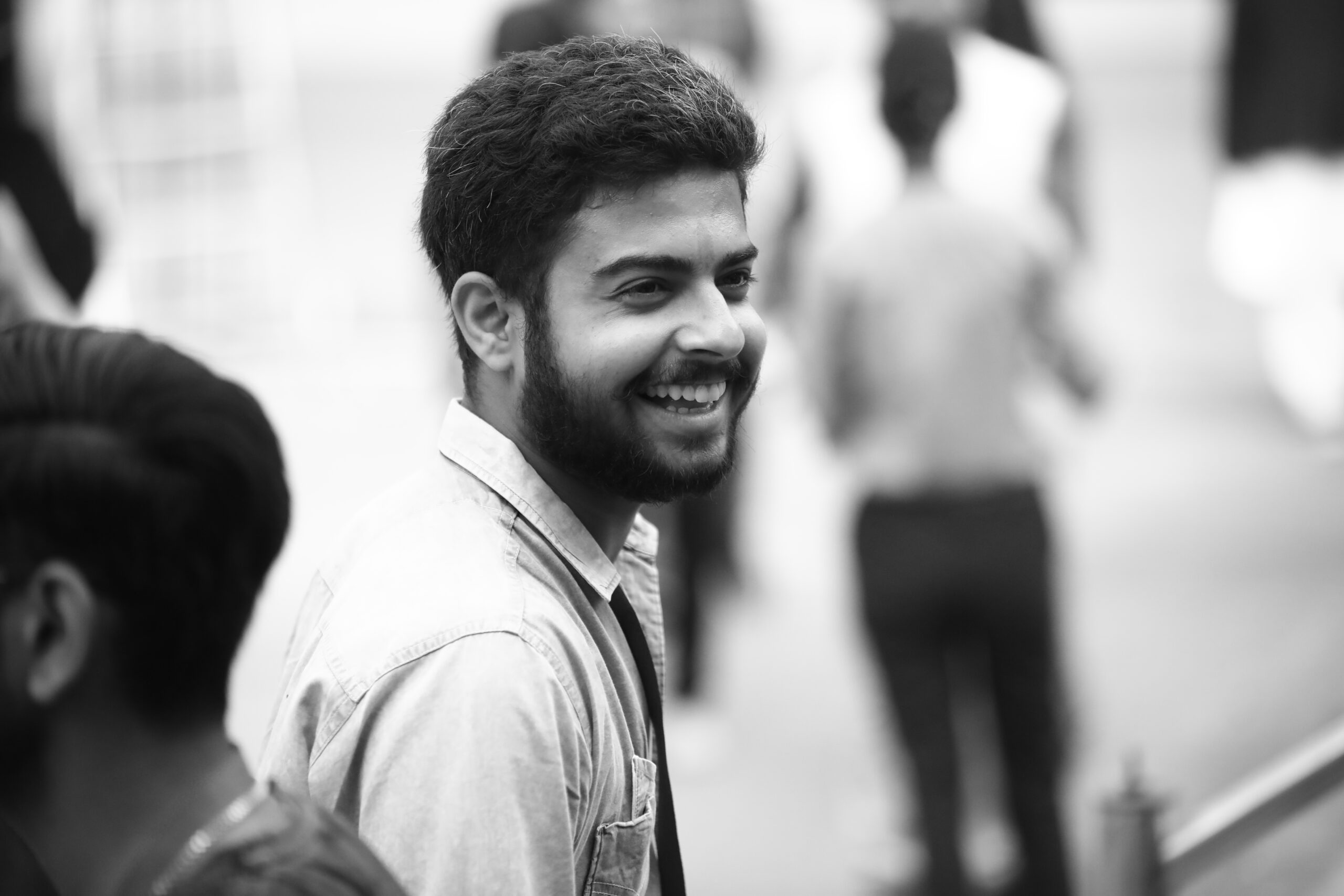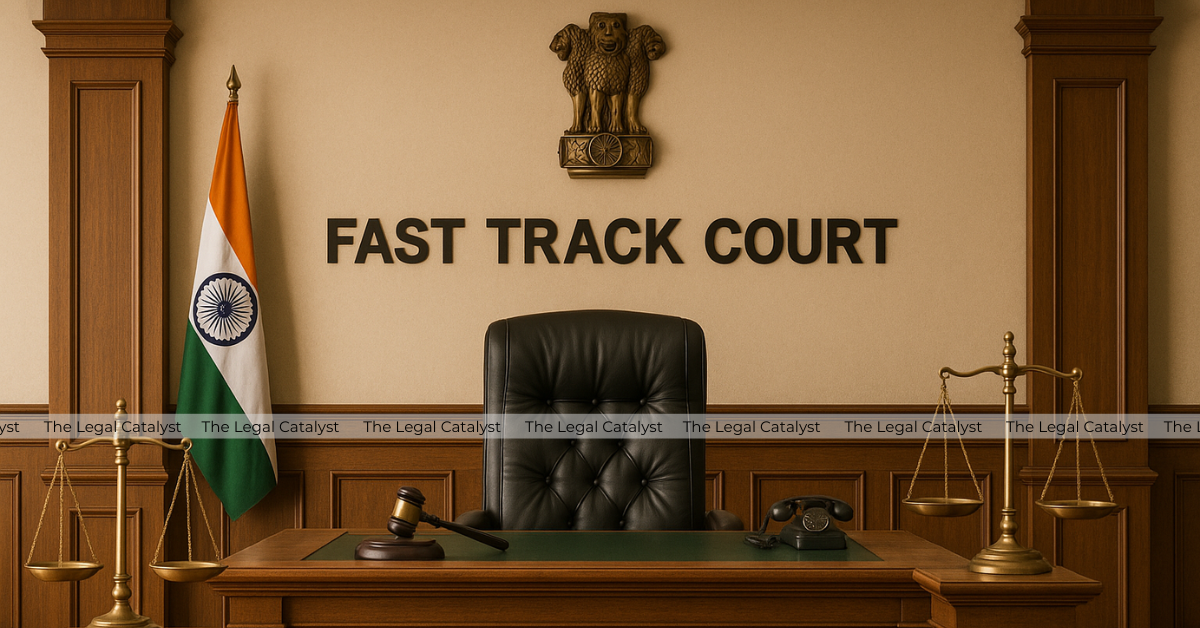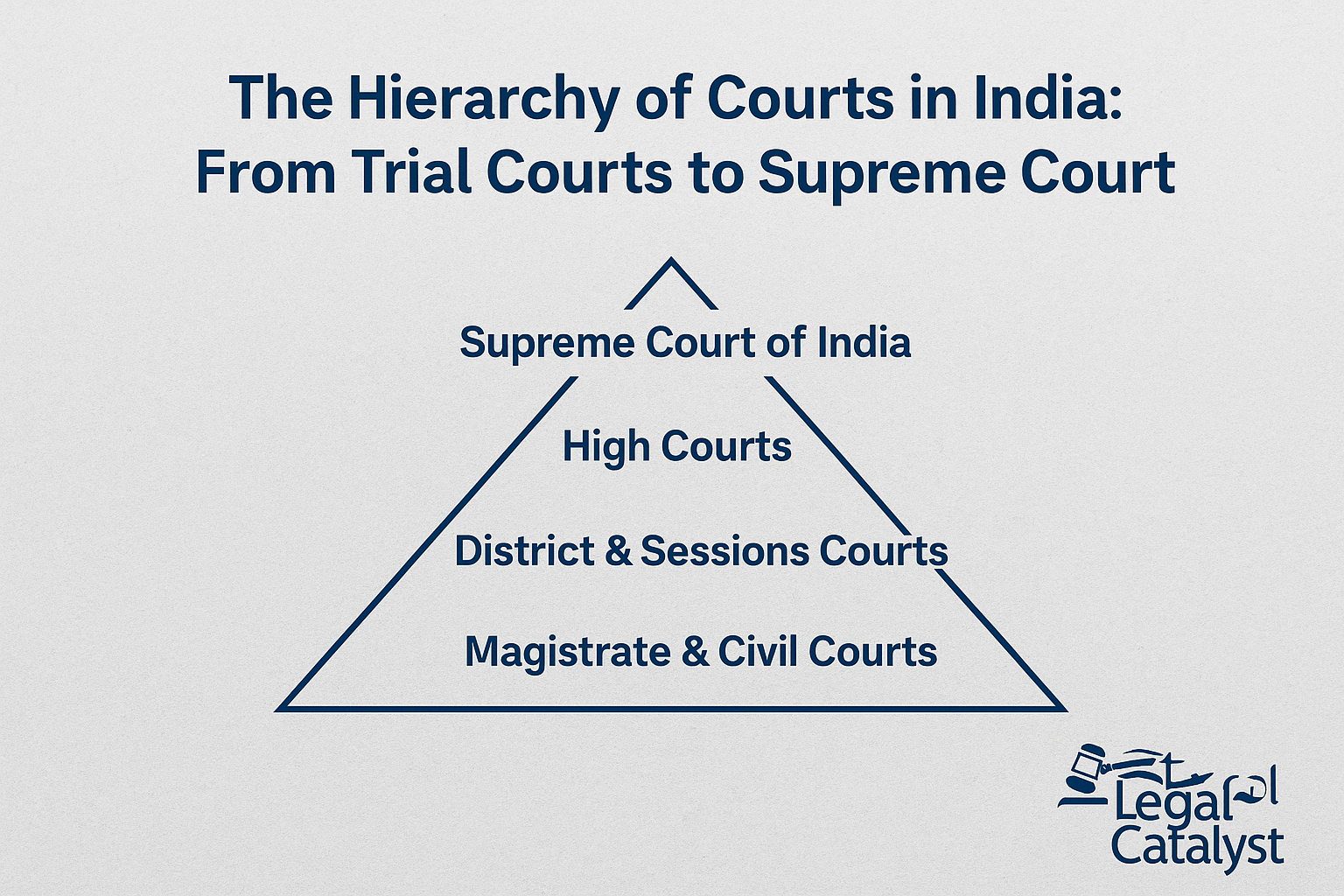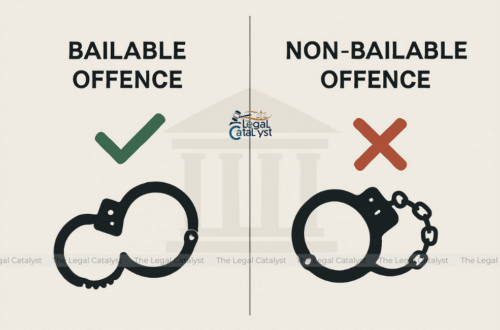In a country where justice delayed often means justice denied, India’s legal system is overburdened. Fast-Track Courts (FTCs) offer a vital alternative. These courts are designed to expedite trials in serious criminal cases. They have played a crucial role in landmark judgments like the Nirbhaya gangrape case.
But how effective are they really—and what challenges do they face?
What Are Fast-Track Courts?
Fast-Track Courts are special judicial mechanisms aimed at speedy resolution of serious criminal cases, especially those involving:
- Women and children
- Marginalized groups
- Heinous crimes like rape, murder, and corruption
Established: 2000 (based on 11th Finance Commission recommendations)
Objective: To reduce the judicial backlog and deliver justice swiftly.
What Types of Cases Do They Handle?
- Rape and sexual assault (e.g., the Nirbhaya case)
- Murder and violent crimes
- POCSO (Protection of Children from Sexual Offences) cases
- High-profile corruption and financial scams
How Do Fast-Track Courts Operate?
1. Case Selection
- Only serious, time-sensitive, or high-impact cases are forwarded.
- Prioritization is based on:
- Nature of offense (e.g., crimes against women and children)
- Availability of strong evidence
- Urgency due to public interest or victim safety
2. Expedited Trial Process
- No routine adjournments
- Daily hearings are encouraged
- Deadlines for evidence submission and witness testimony
3. Swift Judgments
- Verdicts are often delivered within months, not years.
- ⚖️ Example:
- Nirbhaya (2012): Conviction in 11 months
- Hyderabad rape-murder (2019): Trial completed in 6 months
Benefits of Fast-Track Courts
- Speedy justice for victims and families
- Stronger deterrence against criminals
- Reduced burden on regular courts
- Improved witness cooperation, due to quicker proceedings
Challenges That Need Fixing
Despite their value, FTCs face significant limitations:
1. Temporary Nature
- Many were established as stopgap measures.
- Over 1,000 FTCs shut down in 2011 due to lack of funding.
2. Overworked Judiciary
- Judges handle large caseloads, leading to:
- Fatigue
- Delays
- Inconsistent rulings
3. Rushed Trials & Acquittals
- Poorly investigated cases may result in wrongful acquittals.
- Several POCSO trials collapse due to prosecutorial failures.
4. Limited Reach
- FTCs handle only 5–10% of pending cases.
- Many districts still lack FTCs, leaving victims to wait years in regular courts.
Notable Cases Handled by FTCs
| Case | Trial Duration | Outcome |
|---|---|---|
| Nirbhaya Gangrape (2012) | 11 months | Death penalty (executed in 2020) |
| Hyderabad Vet Rape-Murder (2019) | 6 months | Convicted, accused killed in police encounter |
How Can India Improve Its FTCs?
To ensure FTCs are more than a band-aid, India must:
✔ Make FTCs permanent, with full-time staff and infrastructure
✔ Increase funding for better case handling and quicker resolution
✔ Adopt e-Courts and video testimony to streamline trials
✔ Strengthen prosecution teams through better training and oversight
Final Thoughts
Fast-track courts have proven their potential, especially in delivering justice for high-profile, heinous crimes. But without structural reforms, they risk becoming a short-term solution to a long-term crisis.
Justice should not be a privilege for the few—but a right for all.
Your Voice Matters
What do you think?
👉 Should India expand its fast-track court system?
👉 Are we prioritizing speed at the cost of fairness?
Drop your thoughts in the comments below. Let’s talk about justice that works—for everyone.
Connect with us on Instagram – X – LinkedIn for daily updates, quizzes, and other materials.
Also Read
Misuse of Gender Laws in India: False Cases, Legal Abuse & the Need for Reform






